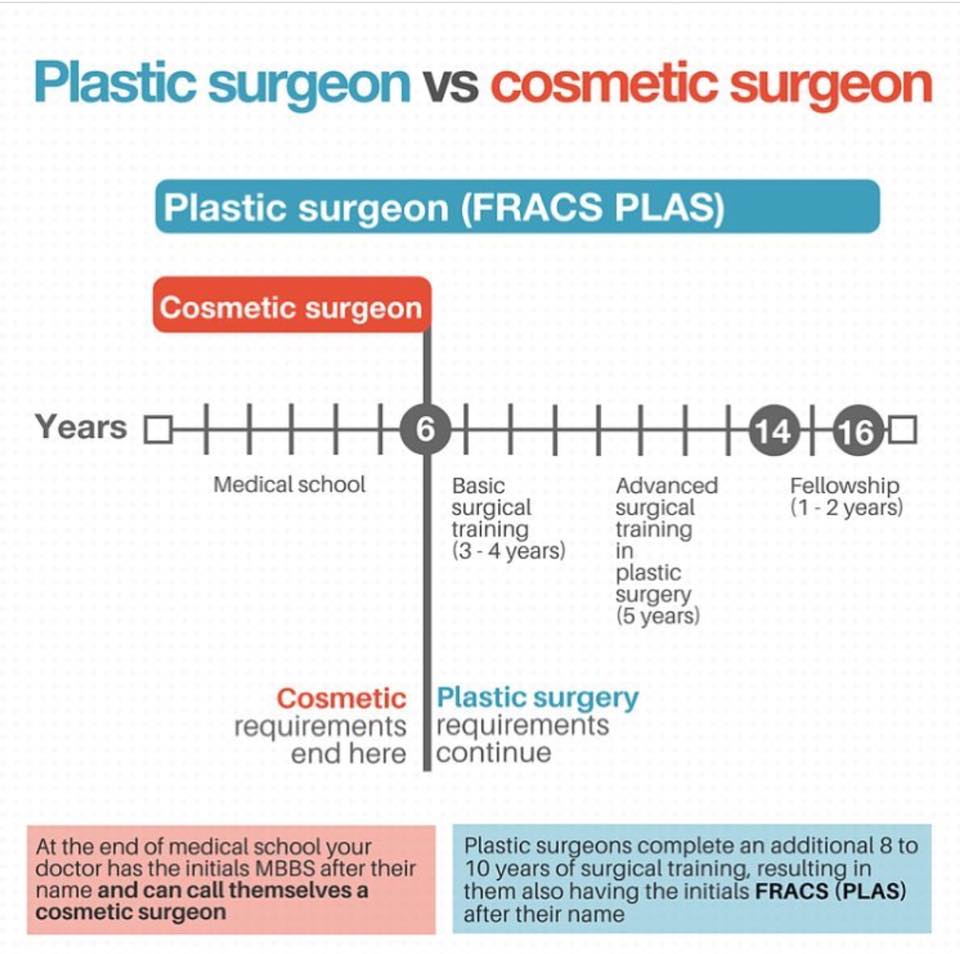Acne marks and dark marks can continue to be even after the blemish itself has actually removed. But there are many all-natural, over the counter and medical therapies that can minimize their appearance.
Ice pick scars are little imprints that look like pinpricks; rolling scars have a wave-like appearance and shallow depth; boxcar scars have clear edges; hypertrophic scars are raised bumps. Treatments include skin needling, where your doctor rolls a needle-studded device over the skin; and surgical excision, when a healthcare professional cuts out deep scars.
1. Exfoliate
Acne scars discolor best when they aren't covered with dead skin cells. Peeling gets rid of the build-up and permits fresh skin cells ahead to the surface area. It likewise makes acne scars less visible.
A skin specialist can suggest exfoliation methods for your particular skin type. Dry skin may benefit from peeling with scrubs or various other mechanical approaches, while oily skin might need a chemical peel. Those with darker skin tones need to be careful using more powerful chemical therapies, as they can create dark areas and sensitivity.
If you have acne scars, avoid selecting or pressing at them, which can make them even worse. Inflammation triggered by irritation increases the opportunity of scarring. Selecting can leave ice-pick marks, which are narrow indentations with a point at the end. You can additionally obtain boxcar marks, which are imprints with wider sides. You can additionally establish hypertrophic or keloid scars. These are raised bumps of mark cells that can be scratchy and uncomfortable.
2. Moisturize
After completing your acne therapy, maintaining skin clear and healthy and balanced needs a consistent skin care regimen that safeguards from breakouts and lowers post-acne marks. This consists of a gentle cleanser and moisturizer, non-comedogenic products that do not block pores, and avoiding foods that irritate skin or trigger acne flare-ups.
Making use of a light-weight, non-comedogenic moisturizer with ingredients like hyaluronic acid and glycerin can aid moisturize skin while likewise improving skin appearance and promoting healing. Seek an item that is formulated without fragrance or parabens.
An item that targets remaining acne marks with ingredients such as skin-brightening tranexamic acid and bakuchiol can boost dark areas or uneven tone brought on by swelling. It gently resurfaces the skin while smoothing harsh and textured locations. A product that combines a retinoid and a plant-based retinol choice can likewise improve the look of deeper marks skin verse medical spa botox beverly hills - laser hair removal medspa and injectables while concurrently targeting existing blemishes and preventing future outbreaks.
3. Cover
As soon as your acne scars heal, you can conceal them with makeup and a concealer. Simply ensure you're just using the product over marks that are completely recovered (not fresh ones), states Sotomayor. Then, complete your look with a vibrant lip shade or statement great smoky eyeshadow for optimal effect.
When it involves selecting a foundation or colored moisturizer, it's important to choose one that is noncomedogenic and oil-free. This will aid keep your skin clear and protect against the blocking of pores that can lead to brand-new breakouts.
The very same opts for picking a concealer. Search for a formula that supplies complete coverage however still feels light-weight and blendable on the skin. Also, when concealing indentations from acne marks, it's a good concept to find a shade that matches your natural skin tone (rather than a shade lighter or darker). This will certainly assist hide the indents more effectively. This beneficial balm is an outstanding alternative for brightening and lightening post-inflammatory hyperpigmentation, which can be brought on by acne or other inflammatory skin disease. It contains moisturizing panthenol, softening shea butter and strengthening peptides that minimize soreness and scaly appearance.
4. See Your Dermatologist
The marks that create from serious acne usually require therapy by a doctor or skin doctor. Before that can take place, though, an individual has to have their acne controlled. This consists of not picking or squeezing acne places, and using mild cleansers and water-based non-comedogenic items that won't block pores.
If pharmacy cleansers and spot therapies aren't removing your skin, schedule a consultation with a dermatologist. The skin specialist can advise other treatments that aid remove your skin without drying it out or annoying it.
A skin doctor can also treat other sort of post-acne marks, including dark areas that are a kind of hyperpigmentation called PIH (post-inflammatory hyperpigmentation). A topical retinoid like adapalene can noticeably lighten these marks and fade them rapidly. For various other sorts of marks, the doctor can suggest an extra extensive therapy. This can consist of microdermabrasion or chemical peels off that are done right in the office. Depending upon the extent of your scars, these treatments might require to be repeated.
